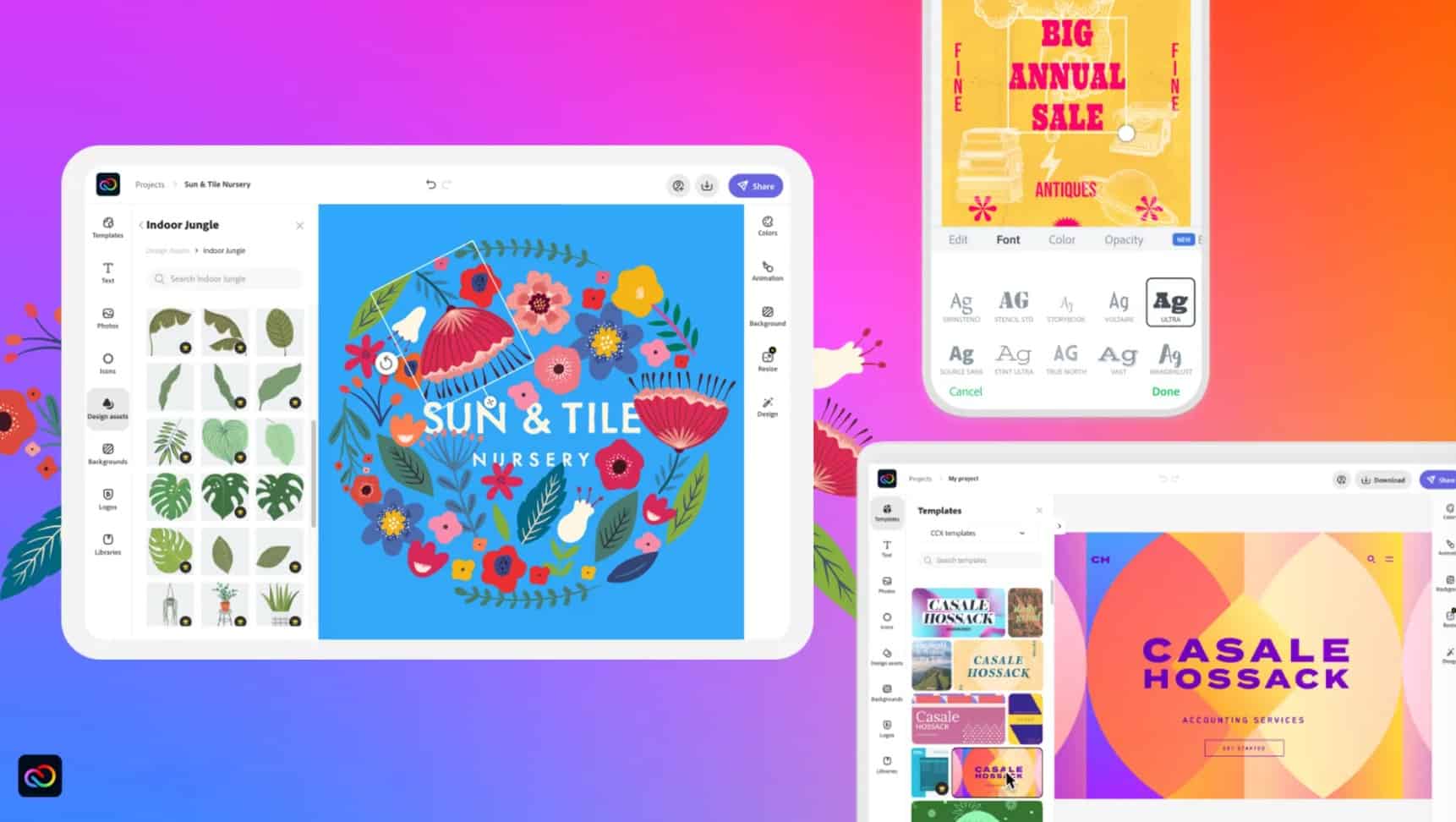


Now, since the InDesign update, if you are working with more than one column on a page or in a sidebar, you can choose whether the footnotes should stay in the individual columns or span the width of all of the columns.
#ADOBE CREATIVE CLOUD VIDEO EDITING 2017 HOW TO#
In chapter 50 of Book Design Made Simple, we discuss how to set up footnotes so they automatically fall at the bottom of the correct pages or columns. You can get rid of the “ O” icon altogether by going to Preferences > Advanced Type, and unchecking the two boxes in the Type Contextual Controls category. For instance, you might see a pop-up suggesting a fraction as you type “4/12.” Converting to a fraction this way will definitely save you time.

For your front cover, though, you might discover some interesting possibilities.Īlong with the new handy method above for adding OpenType enhancements, you will also sometimes notice a pop-up showing stylistic sets available for the type you are setting or selecting. We’re guessing that a maximum of one of the more fanciful contextual OpenType enhancements will be enough in the pages of your book. To universally apply a useful feature that you’ve discovered, simply go to the relevant paragraph style and add it in the OpenType area of the style, as shown below.īut please don’t overdo it. Below is an example of a poor selection for text type: Wow! Some of the features might look wonderful, but most are probably neither appropriate nor appealing. If you select an option, the enhancement will be applied everywhere in that text frame, highlighted. If you click on the symbol with the Selection tool, you’ll immediately see a menu of several OpenType enhancements, or stylistic sets, that are available for the type in that text frame. That “ O” looks a bit familiar, right? That’s because it’s the OpenType symbol that you see whenever you look at the font dropdown list in the Control panel. The first thing you might notice when you place type in a new InDesign document now is a small “ O” near the lower right corner of just about any text frame. Adobe doesn’t tell you this, but here are the colors for the most common categories: It could save you lots of time and headaches.īy the way, are you wondering about other colors of highlighting that show up in your document? (Sometimes when you get rid of some blue highlighting, it simply turns to another color!) If so, go to Preferences (File > Preferences on a PC, or CC InDesign > Preferences on a Mac), then in the Composition dialog box, see what you’ve checked in the Highlight area.
#ADOBE CREATIVE CLOUD VIDEO EDITING 2017 PDF#
If at some point you need to find all instances of style overrides (before making a PDF for a printer, or converting to an ebook, for instance), remember this highlighter. Now that you’ve tried it and know what’s going on, you can choose to turn the highlighting on or off anytime. Adobe has sneaked in a little icon that you probably haven’t noticed in your Character Styles and Paragraph Styles panels: a small “.” Deselect all type, then click on the icon a couple of times to watch all the blue disappear and reappear. (Note: If you’d prefer to see this in video format, watch our premiere YouTube channel offering, InDesign Text Highlighting.)ĭon’t worry-you’re not the first to be driven mad in your attempts to get rid of the blue. Blue marks outside the left edge of your text frame also indicate deviations from a paragraph style. Blue highlighting on the type itself indicates places where you’ve applied local formatting (i.e., deviated from your paragraph style), perhaps with baseline shift, tracking, a different font, or an improperly applied character style. It’s the bright blue highlighting you might be seeing in your text and/or to the left of your text frame. This feature appeared earlier in the fall, and perhaps it’s been driving you crazy, so we’ll address it first. What-again? Well, it turns out that this update, CC 2017, does provide some InDesign enhancements that might help you work more effectively and improve your design. In early November, we all woke up to find Adobe Creative Cloud waiting to be updated.


 0 kommentar(er)
0 kommentar(er)
